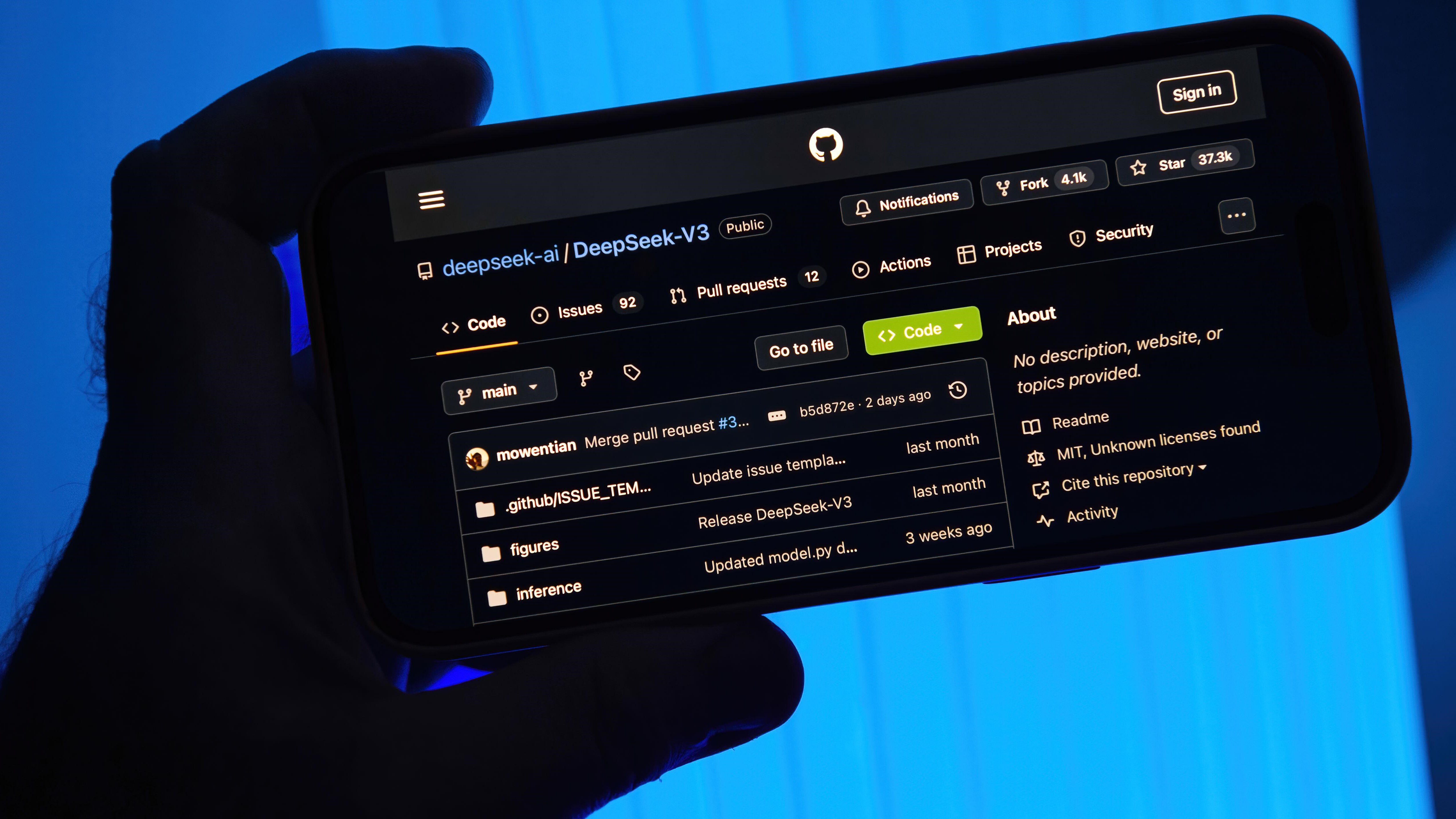Empathy, adaptability, and real-world readiness: Supporting students in 2025
Each year, we continue to see K-12 education evolve, from the increase in homeschooling to the power of parental choice to advancements in AI and VR. At the same time, students’ needs are more complex than ever.


Key points:
- Educators must balance academics with students’ well-being
- 6 educator predictions about teaching and learning in 2025
- Educators outline 5 priorities for the new school year
- For more news on teaching trends, visit eSN’s Innovative Teaching hub
Each year, we continue to see K-12 education evolve, from the increase in homeschooling to the power of parental choice to advancements in AI and VR. At the same time, students’ needs are more complex than ever: Mental health struggles, widening learning gaps, and a shifting post-graduation landscape demand a renewed focus on empathy and innovation in education.
With 2025 poised to bring new uncertainties, educators must prioritize flexible approaches that balance academic rigor with emotional well-being to help students learn, grow and thrive in life. As a superintendent for a California online public school, I’ve experienced the transformation students and families have when they are given the appropriate support and flexibility in classroom learning.
Here are my four pieces of advice for educators and what I expect more schools will implement heading into 2025:
Meet students where they are and embrace empathy in the classroom: As we enter the New Year, many students continue to face mental health challenges, which may become exacerbated by political discourse from the U.S. election. In fact, 93 percent of school health workers say they’ve seen an increase in students with anxiety since 2019. However, less than half of schools are equipped to provide mental health services to students in need. Schools should be a haven for young people, and as educators, it’s our responsibility to help navigate the delicate balance between fostering academic excellence and prioritizing student self-care, especially for those students dealing with learning challenges. Empathy will remain essential in addressing these complex needs, and it’s essential schools have enough resources in which in-school mental health counselors, social workers, and dedicated teacher training can help support.
Personalize curriculum and support: Children continue to face learnings gaps, particularly in math and sciences, and students with Individualized Education Programs (IEPs) and other special learning needs will require additional support that is not always offered within a traditional classroom. According to the U.S. National Center for Education Statistics, more than 60 percent of students with disabilities spend at least 80 percent of their school day in general education classrooms. Administrators and curriculum developers should consider flexible learning models–such as online, blended, or hybrid environments–that account for diverse learning styles, ensuring parents have options to select the best learning environment for their children.
Create opportunities for real-world skills: The college enrollment rate for recent U.S. high school graduates fell to 61.4 percent in 2023–the lowest level in three decades. No matter whether a student goes to college, pursues a skilled trade, or immediately enters the workforce post-college, it’s never been more crucial to prepare the next generation with real-world skills. When students engage with a curriculum that addresses real-world problems, learning becomes meaningful. Solving challenges they care about can help students turn education into an opportunity for personal growth and community engagement. We’ll likely continue to see more school counselors guide students through different career pathways, whether that be right into the workforce, a four-year degree, or skills-based training programs, and see more and more school districts implement extracurricular activities which offer hands-on training
Boost morale amid a predicated talent shortage: Nearly 37 percent of U.S. public schools experienced at least one teacher vacancy entering the 2023-24 school year. Despite California’s attempts to curb the loss of teachers through various programs and resources, the teacher shortage will still plague California who recently ranked 47th among all states for its student-teacher ratio. Online schools and districts must collaborate to boost morale and retain teachers by fostering career growth, building upskill opportunities, offering mental health resources, and providing a flexible teaching environment. Supporting teachers with these recommendations can help mitigate burnout and keep talented professionals in the classroom.














































































